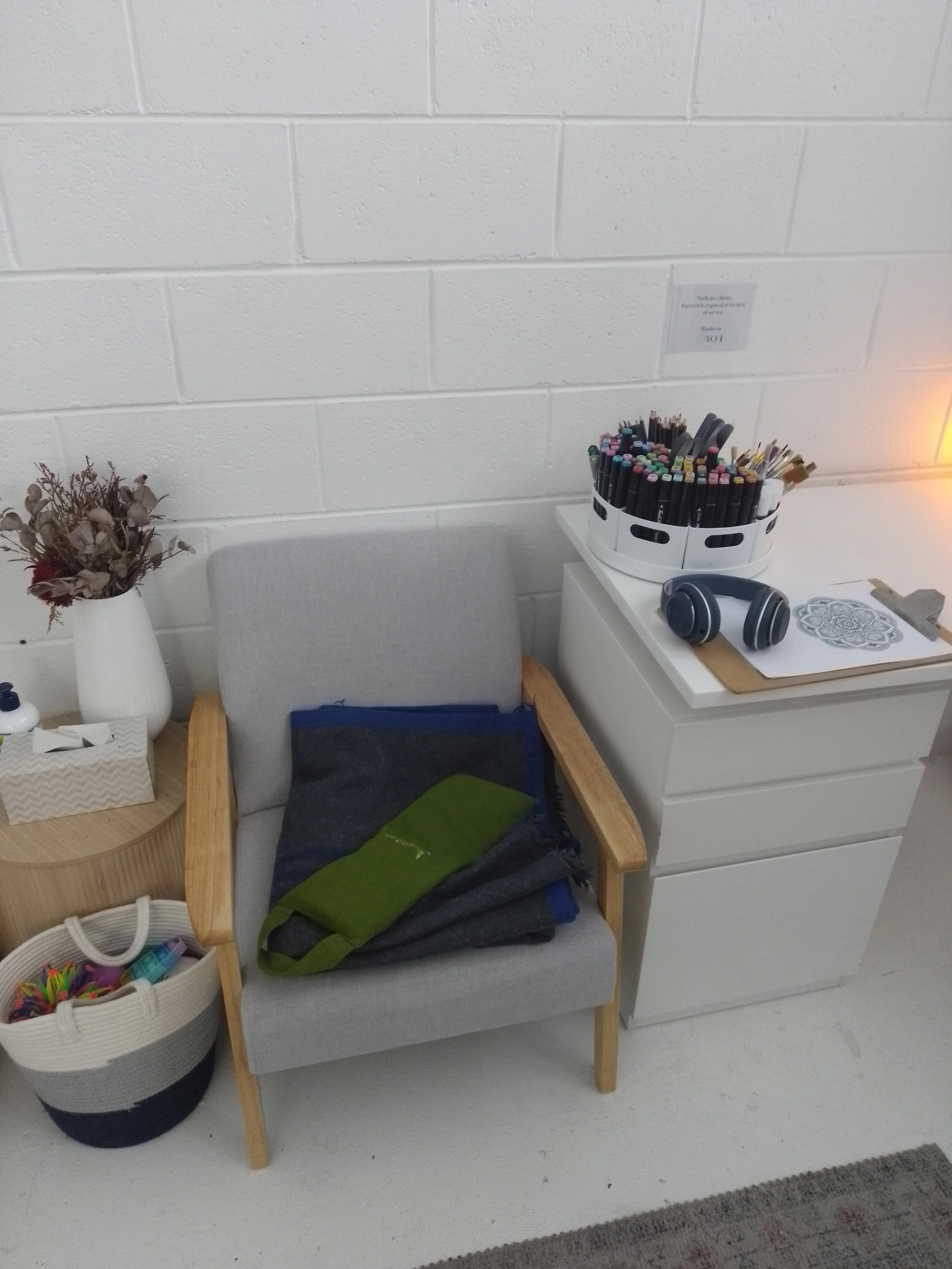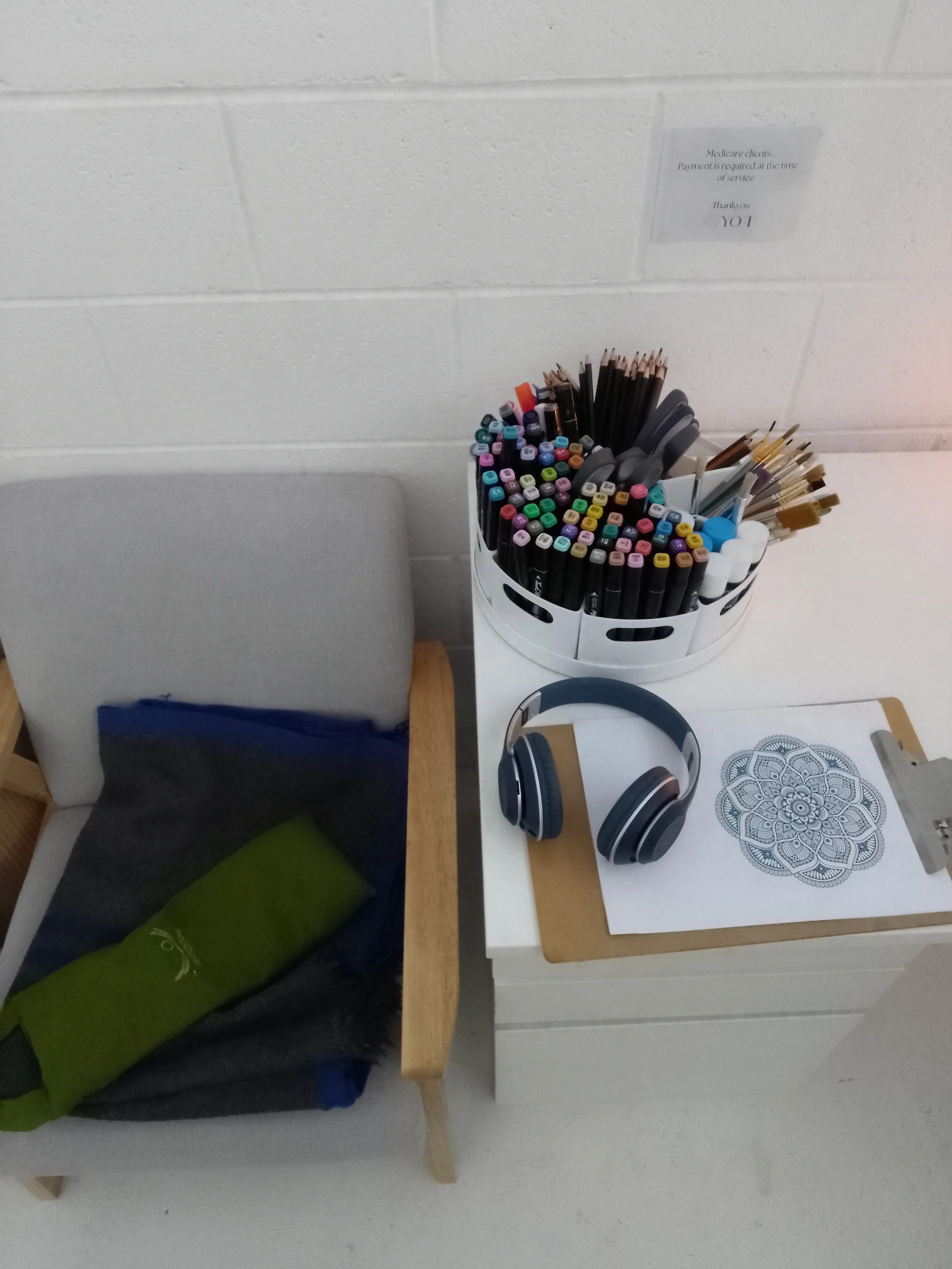
Safe and Sound Protocol (SSP)
Case Study 3.
Safe and Sound Protocol (SSP) Safe and Sound Protocol (SSP) is a nervous system regulation tool used to support clients in feeling safer, calmer, and more connected, especially when sensory processing, emotional regulation, or trauma responses interfere with daily functioning.
It's often used in pediatric, mental health, trauma-informed, and sensory integration-based OT to help prepare the nervous system for more effective participation in occupations like learning, socializing, self-care, or play.
What is the SSP?
The Safe and Sound Protocol is a listening therapy developed by Dr. Stephen Porges, grounded in his Polyvagal Theory. It uses filtered music to stimulate the vagus nerve and support regulation of the autonomic nervous system—particularly shifting it from fight/flight/freeze responses toward a state of social engagement and calm.
Why It Matters
Occupational Therapists view SSP as a foundational regulation tool that helps clients:
Feel safe in their body and environment
Improve sensory processing and attention
Reduce reactivity or avoidance in therapy sessions
Build capacity for engagement in meaningful activities
How SSP Works (Briefly):
Clients listen to specially filtered music (delivered through over-ear headphones).
The music targets the middle ear muscles and neural pathways involved in detecting human voice frequencies—this helps the nervous system tune out threat cues and tune in to safety.
Typically delivered over 5–10 hours across multiple sessions, with OT support and observation.
SSP + Other OT Approaches:
SSP is not a standalone treatment, but it integrates well with:
Sensory Integration Therapy
DIR/Floortime
Trauma-informed OT
Zones of Regulation
Cognitive-based approaches like ACT or CBT



